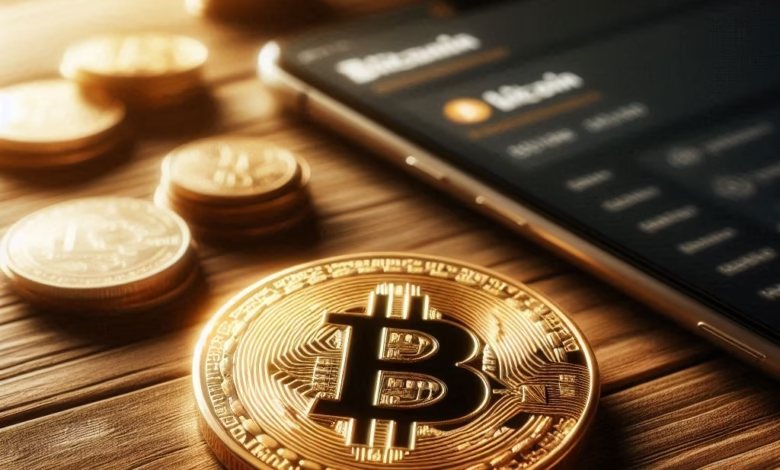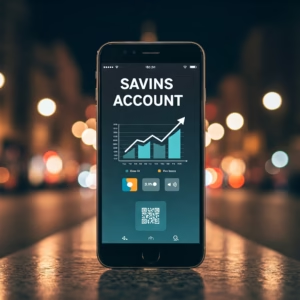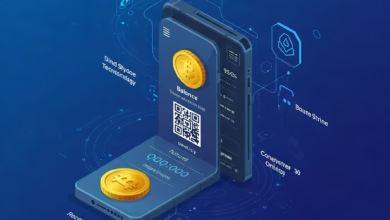
The digital age has brought us exciting new financial avenues, with Bitcoin leading the charge. But with digital assets comes the responsibility of secure storage. This guide will walk you through the essential steps to keep your Bitcoin safe.
Understanding Bitcoin Wallets: Your First Line of Defense in Crypto Security

Bitcoin wallets are not where you store the Bitcoin itself, but rather the keys that allow you to access and manage it on the blockchain. There are various types of wallets, each with different security and convenience levels. Understanding these options is the first step to securing your digital assets.
Hot Wallets vs. Cold Wallets: Which is Right for Your Bitcoin Storage Needs?
- Hot wallets are connected to the internet, offering easy access and convenience. They’re great for frequent trading or transactions but come with potential security risks.
- Cold wallets are offline, providing the highest level of security. They’re ideal for long-term storage of large amounts of Bitcoin.
Setting Up a Hot Wallet: A Beginner-Friendly Approach to Bitcoin Storage

If you’re new to Bitcoin, a hot wallet might be a good starting point. Here’s how to set one up:
- Choose a reputable provider: Look for established exchanges or wallet providers with strong security records.
- Create your account: Follow the provider’s instructions to set up your account and complete any necessary verification steps.
- Enable two-factor authentication (2FA): This adds an extra layer of security, making it harder for unauthorized users to access your account.
- Back up your wallet: Most hot wallets offer backup options, such as a recovery phrase. Store this information securely offline.
Securing Your Bitcoin with a Cold Wallet: The Ultimate Guide
For enhanced security, consider a cold wallet:
- Choose a hardware wallet: Hardware wallets are physical devices that store your private keys offline. Research reputable brands like Ledger or Trezor.
- Set up your device: Follow the manufacturer’s instructions to initialize your hardware wallet and generate your recovery phrase.
- Store your recovery phrase securely: This phrase is your backup in case you lose your device. Never store it online.
- Transfer your Bitcoin: Once your hardware wallet is set up, transfer your Bitcoin from your exchange or hot wallet.
Best Practices for Bitcoin Security: Protecting Your Digital Assets from Threats

- Use strong, unique passwords: Avoid reusing passwords across different platforms.
- Beware of phishing scams: Be cautious of suspicious emails or websites that request your Bitcoin or private keys.
- Keep your software updated: Regularly update your wallet software and operating system to patch security vulnerabilities.
- Consider a multi-signature wallet: This requires multiple private keys to authorize transactions, adding an extra layer of security.
Understanding Bitcoin Backup and Recovery: Ensuring Long-Term Security

Backing up your Bitcoin wallet is crucial. Here’s what you need to know:
- Recovery phrase: This is a set of words that can be used to restore your wallet. Store it securely offline.
- Multiple backups: Consider creating multiple backups and storing them in different secure locations.
Key Takeaways
- There are various ways to store bitcoin, and each one comes with its pros and cons.
- It is very important to secure your recovery phrase.
- Doing your research is an important part of keeping your bitcoin secure.
I hope this information is useful.





